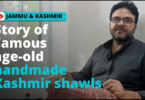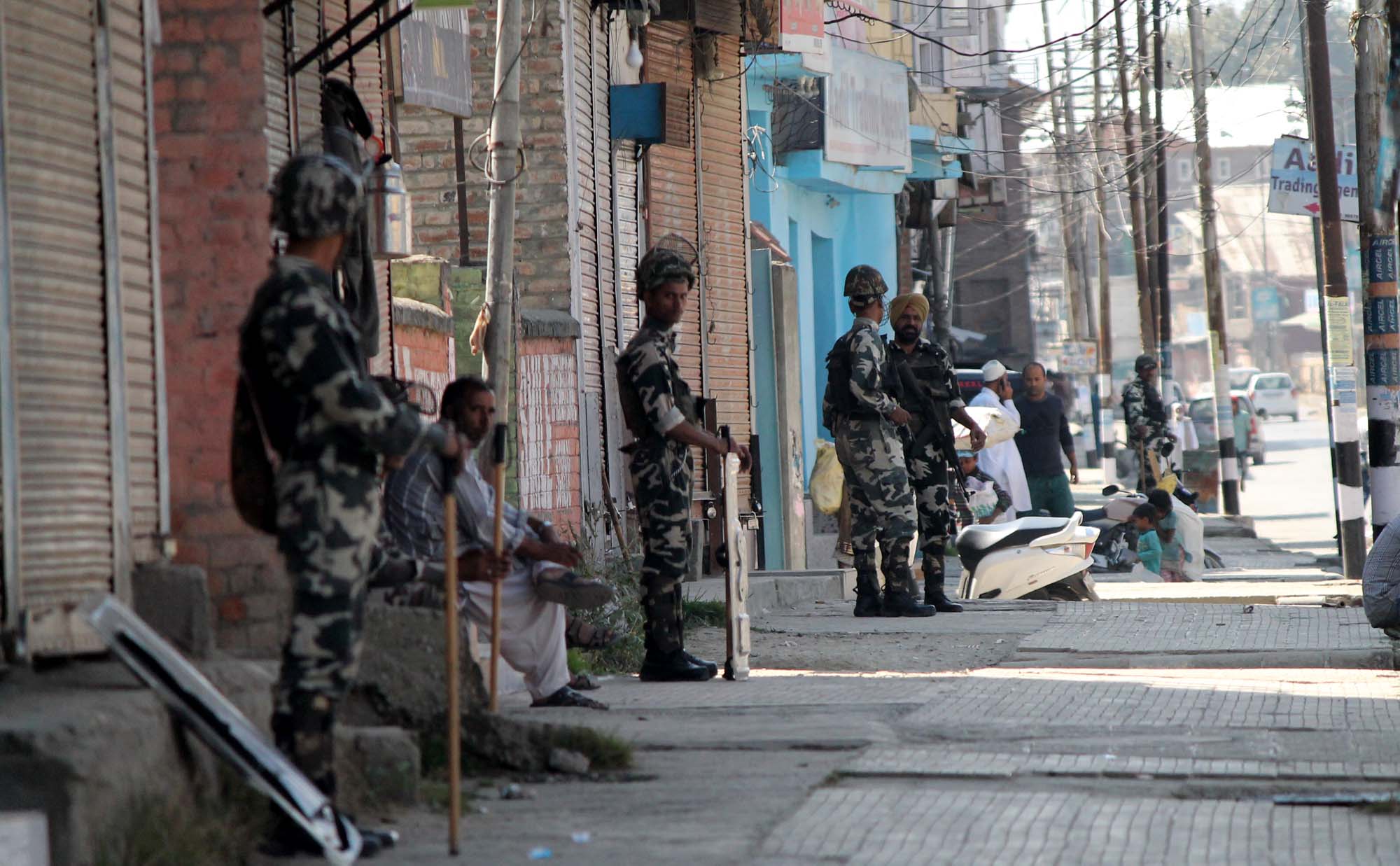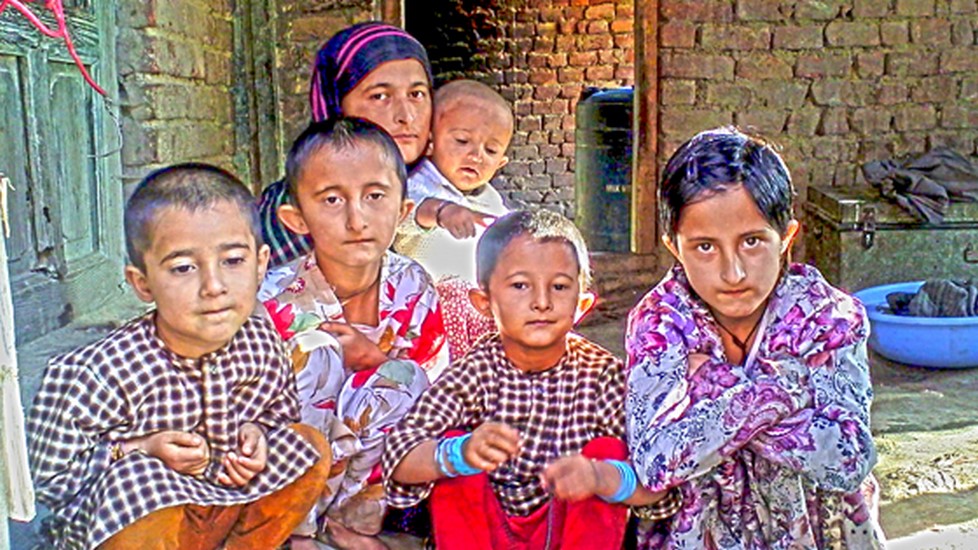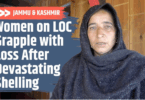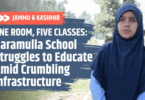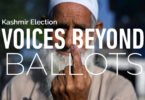Video By: Rayees Ahmad | Article By: Nusrat Ali
On 31 October 2016, in Rahmoo village of Pulwama, two teenage girls of 10th standard with identical name (Shabroza), were shot with pellets in their eyes by the Govt forces during 2016 unrest. Both of them have lost eye sight in one of their eye and have also quite studies. The protests during Kashmir Unrest have left over thousands injured in eyes after being shot with pellets by Indian forces. Both the girls narrate the tale of the fateful day when they were shot in eyes.
Shabroza 1, “I was at my home when police and Special Task Force (STF) broke the window panes of our house. I was so frightened that I rushed outside the house. They followed me and fired pellets over me outside the house.”
Shabroza 2, “On that day it was cordon in our village and forces were entering the houses. I and my sister were alone in the house, we were frightened so we went outside and joined other women who had gathered outside our house. One of the Army man without any provocation fired pellets towards us. My one eye was badly injured and other ladies were hit on shoulders and legs.”
Shailesh Rai, senior policy adviser at Amnesty International, said law enforcement agencies have the duty to maintain public order. But the use of pellet guns is not the solution, he said. The use of the guns violates international human rights standards on use of force, Rai said. The weapon uses cartridges containing around 500 small metallic pellets and once fired there is “no way to control their trajectory or direction and hence their effects become indiscriminate”.
According to estimates over 15000 people received grave to minor injuries that includes blinding, maiming, bone fractures in state forces action particularly after July 8, 2016 killing of Burhan Wani, which triggered wave of massive protests across Kashmir. Among the bulk of injured were students and minors. It is also pertinent to mention that hundreds of injured people chose not to get admitted into the govt. hospitals. They treat their injuries in private hospitals and clinics to avoid police harassment, therefore, making it difficult to ascertain the actual number of injured.
As per the data available among the 15,000 injured include 1178 persons have received pellets in their eyes that rendered 52 persons blinded, 300 persons partially lost vision including 150 minors.



